Internet users are reclaiming their power.
For the first time, you may become not only an app user but also its owner, and benefit financially from using the internet.
This is what dApps (Decentralized Applications) are promising.
But what are dApps, and how can you use them?
Let’s dive in.
What are dApps?
dApps are like regular apps, but they run on a peer-to-peer network, such as a blockchain.
However, unlike traditional apps, dApps operate without any human intervention and aren’t owned by any one entity, but rather distribute tokens to their users that represent ownership. To connect to a dApp, you'll only need a crypto-wallet and an internet connection.
Governance = power
By using a dApp and receiving its token, you then become one of the owners, along with the other users, and can participate in its governance.
Some protocols might even add more privileges and rewards to the governance powers.
Once you want to leave your position as an owner, or reduce it, you can always sell your tokens, which, depending on the dApp’s popularity, might allow you to make a good profit.
Key features of dApps
Open-source: The code is public for anyone to look at, copy, and audit. (This is changing with new dApps, more on that later).
Smart contracts: They automatically execute certain rules on the dApp.
Public: All data and records, including historical transactions, must be public.
Decentralized: Nobody can stop the users from using the app, so nobody’s completely in charge.
For visual learners, here is a video linked on the Ethereum website:
Benefits of dApps
Once deployed, the dApp code cannot be removed, even if the people who built it disbanded, and anyone can use it.
Zero downtime: Once the dApp is live, it will only go down if the network itself goes down. Big and well-established networks like Ethereum, for example, are less likely to experience downtime than smaller networks.
Privacy: There's no requirement to provide a real-world identity to deploy or interact with a dApp.
Censorship resistance: No single entity on the network can prevent you from using or even creating a dApp.
Data stored on the blockchain is immutable and made public, which is useful for tracking projects and origins of funds.
Trust-less/verifiable behavior: The user can audit the smart contract and know what it’s going to do before engaging with it.
More on smart contracts on the video below:
Disadvantages of dApps:
Maintenance and performance: It’s hard for developers to make updates to their dApps and to increase their performance once they are deployed. This is because the code is harder to modify, even for bugs or security risks identified in an old version.
Network congestion: When a dApp receives too many requests, not only do transaction fees rise, but transactions may also fail.
User experience: It’s still difficult for the average end-user to interact with the blockchain in a truly secure fashion. The learning curve can be harsh for web2 users.
Some Centralization: Sometimes, user and developer-friendly solutions may end up looking and acting like centralized services, negating the benefits of blockchain.
What are dApps used for?
There are several categories of dApps, which are used to offer services related to cryptocurrencies, and those services are expanding daily.
Here are the most established categories for now, in 2022:
Decentralized Finance (DeFi)
DeFi dApps focus on building financial services using cryptocurrencies, which opens an entirely new perspective for people that own crypto and want to avoid selling, but who need liquidity.
Traditional finance won’t consider cryptocurrencies as a collateral asset when you require a loan, but DeFi will and won’t ask for your personal data.
This is especially interesting for people who are experimenting with financial censorship or discrimination in their countries, or for businesses centered around crypto and blockchain whose loans are getting rejected by banks.
Arts and collectibles:
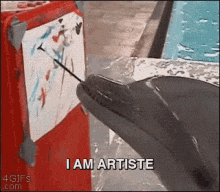
Focused on digital ownership, art-related dApps aim to increase earning potential for creators by removing the middlemen who are currently standing between creators and their fans.
These kinds of dApps have the ambition to provide:
Provable ownership that can be traceable and prevent fraud.
Sovereignty over the art, which is tokenized and tied to your address on the blockchain.
A consistent infrastructure in which the art, once tokenized, can be sold on any dApp that runs on the same blockchain.
A way of earning life-long royalties with every sale.
All of this provides intriguing opportunities for creators and artists, as well as increased independence for their creative distribution.
Gaming

Gaming dApps focus on the creation of a virtual world and the use of items and collectibles that hold real-world value.
This use case is still in development, but aims to provide:
A way to earn in-game items with real-world value that can be tradable and sold if needed.
Full independence from gaming companies: Your items are yours and can’t be taken away. Even if the team stops maintaining the game, once on the blockchain, the game stays, and you can keep playing.
In theory, you could trace and verify everything related to your items, your character stats, wins, etc.
You can also play games to learn how to build a dApp, like with Cryptozombies.
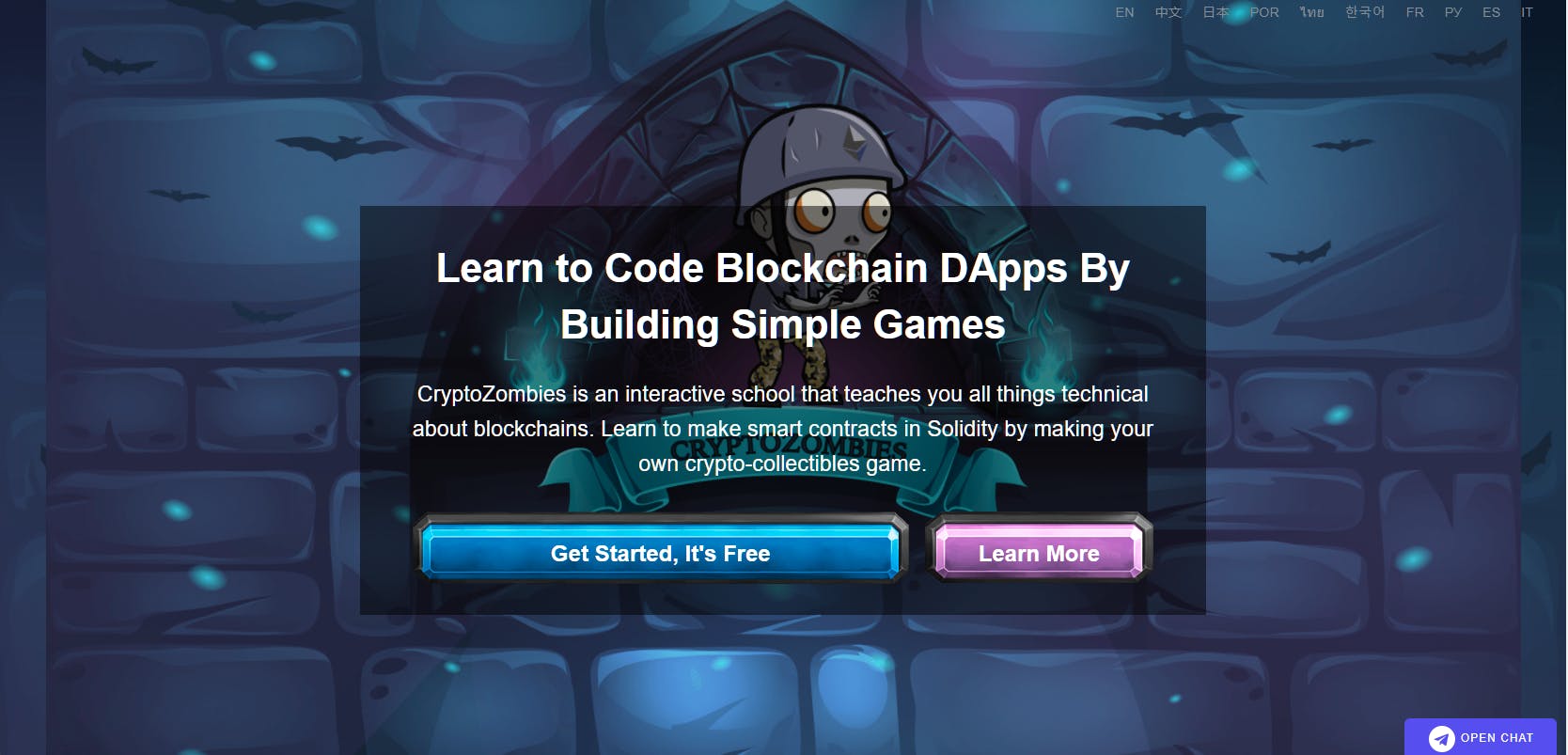
Technology

Technology dApps aim to decentralize developer tools, incorporate crypto economic systems into existing technology, and create marketplaces for open-source development work. Developers can collaborate on open-source software without intermediaries.
People can make decentralized websites, access shared computing power, and much more.
The dApps focus on technology and aim to provide:
Censorship-resistant web hosting and building.
Anonymity for builders and users.
Built-in cryptographic security for approving actions.
Security of dApps in crypto
During the last two years, the number of dApps have grown at a higher rate; it can be tricky to navigate through so many, especially since not all of them are secure. Many developers have chosen not to make the dApp’s code open-source to prevent exploits from hackers, but that also means that it can’t be audited by their users.
Auditing services provide an intermediary solution, as they will audit the code and declare the dApp safe to use. However, this diminishes the trust-less aspect of blockchain, since users have to trust these auditing services. This is probably why open-source dApps remain the most popular ones among crypto users.
Popular dApps
Here are some examples of dApps you can try if you are just getting started on web3:
1. Rabbithole

Rabbit hole is a great way to get started. It's a gateway to web3, where you can develop skills you’ll need in the web3 economy by learning how to use dApps and earning tokens. This is a very fun app that rewards you for every step you take.
2. Mirror

Mirror is a blogging platform where you are not the product, but the owner.
3. Radicle
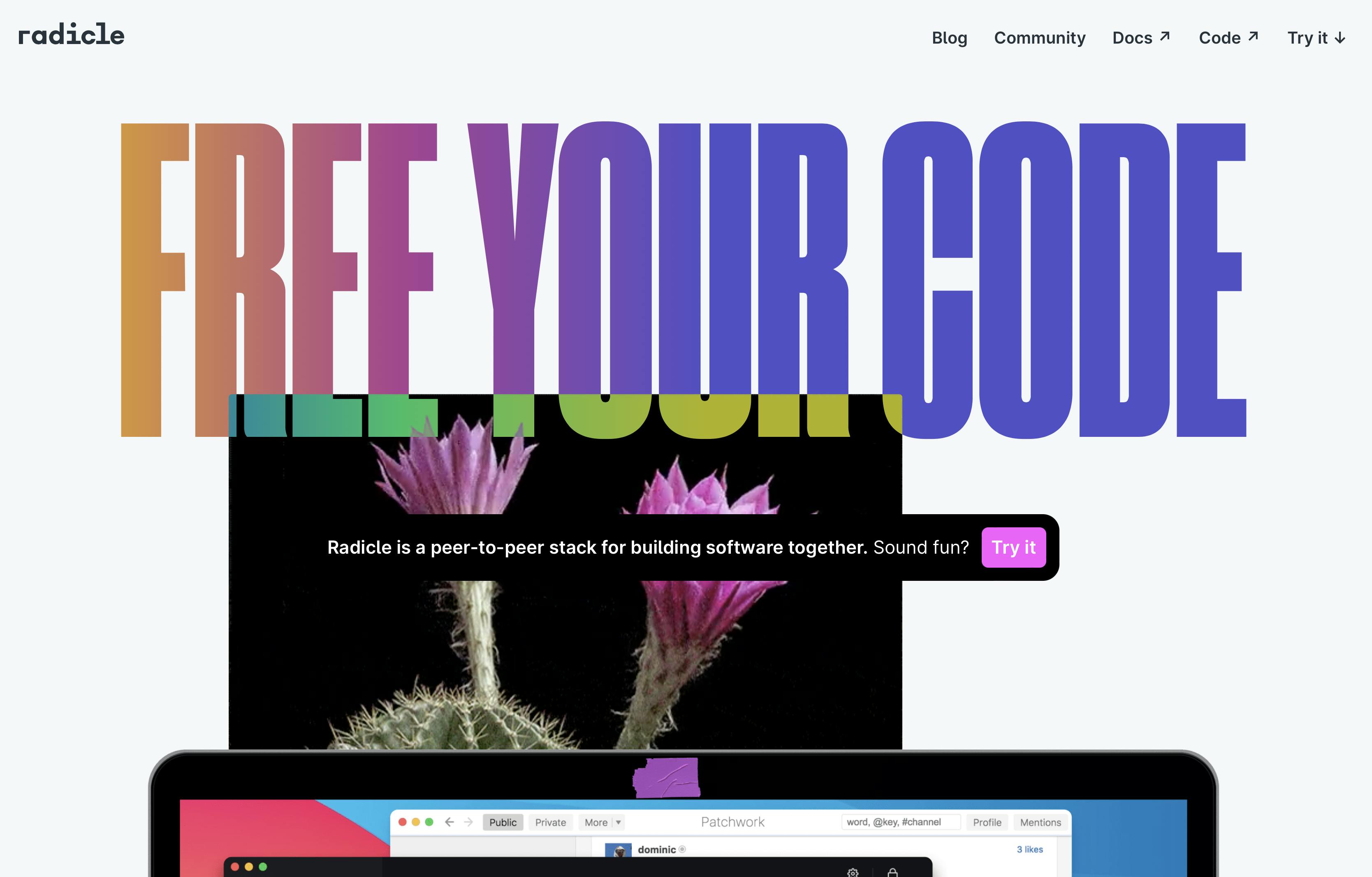
Radicle is great for peer-to-peer code collaboration. It bills itself as an unstoppable, permission-less, decentralized open-source development platform.
4. Audius
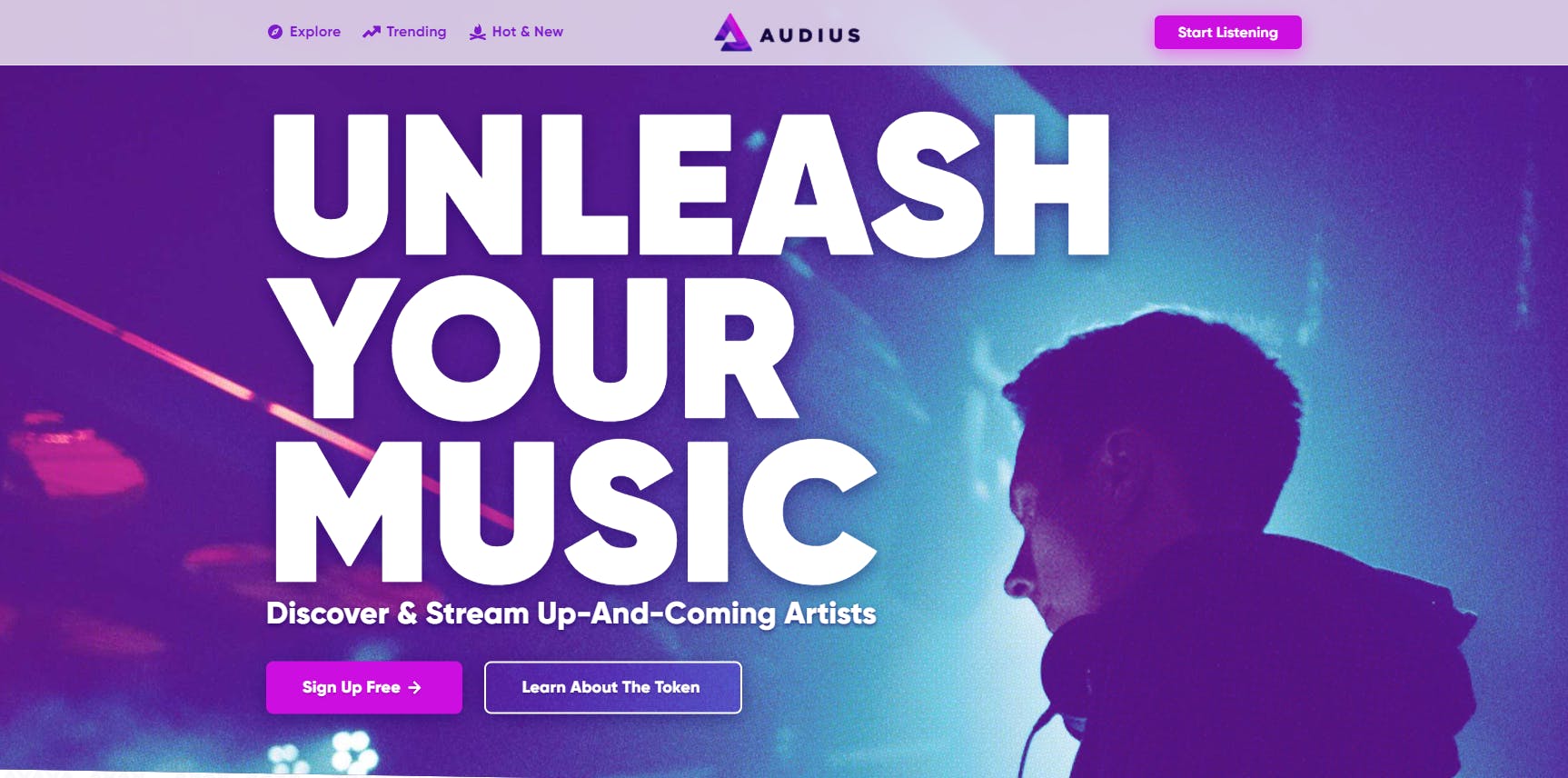
Audius is an alternative to Apple Music or Spotify for composers, singers, and their fans. This dApp is a bit different, since it invites the user to log in with email, something that’s not usual with dApps. It seems to be the kind of application that targets web2 users, who are more familiar with this type of system, a sort of hybridization between web2 and web3.
5. Multichain
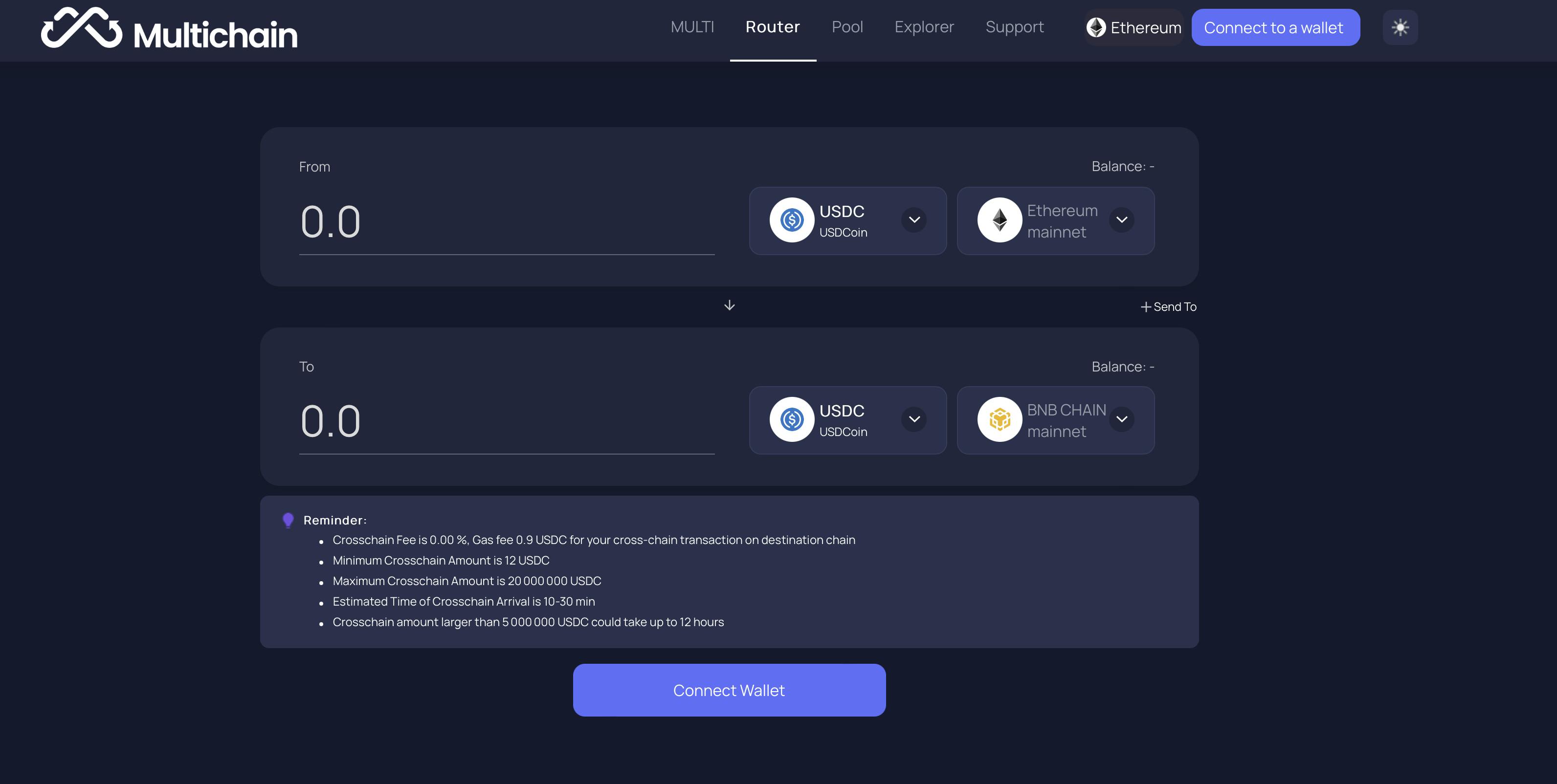
Multichain is a protocol that helps you connect your assets across different blockchains, and that can also be integrated into other dApps.
Even if Ethereum is great, gas fees can become costly when the network is crowded. If you have a small stack, don’t let it get eaten by the gas fees; go explore other promising blockchains!
6. Decentralized exchanges (DEX)
To swap your coins, use a decentralized exchange (DEX) that exists on every blockchain.
Users have been moving to less crowded and cheaper blockchains than Ethereum to run their financial operations.
If Coinbase or Binance don't deal with the coin you want to get/use, you will probably find it on DEXes.
Some examples include Pangolin on Avalanche (which now allows you to buy crypto with a credit card), Pancakeswap on the Binance Smart Chain, Tranquil on Harmony, and Spookieswap on Fantom.
Some dApps will integrate several networks into their protocol, like Aave.
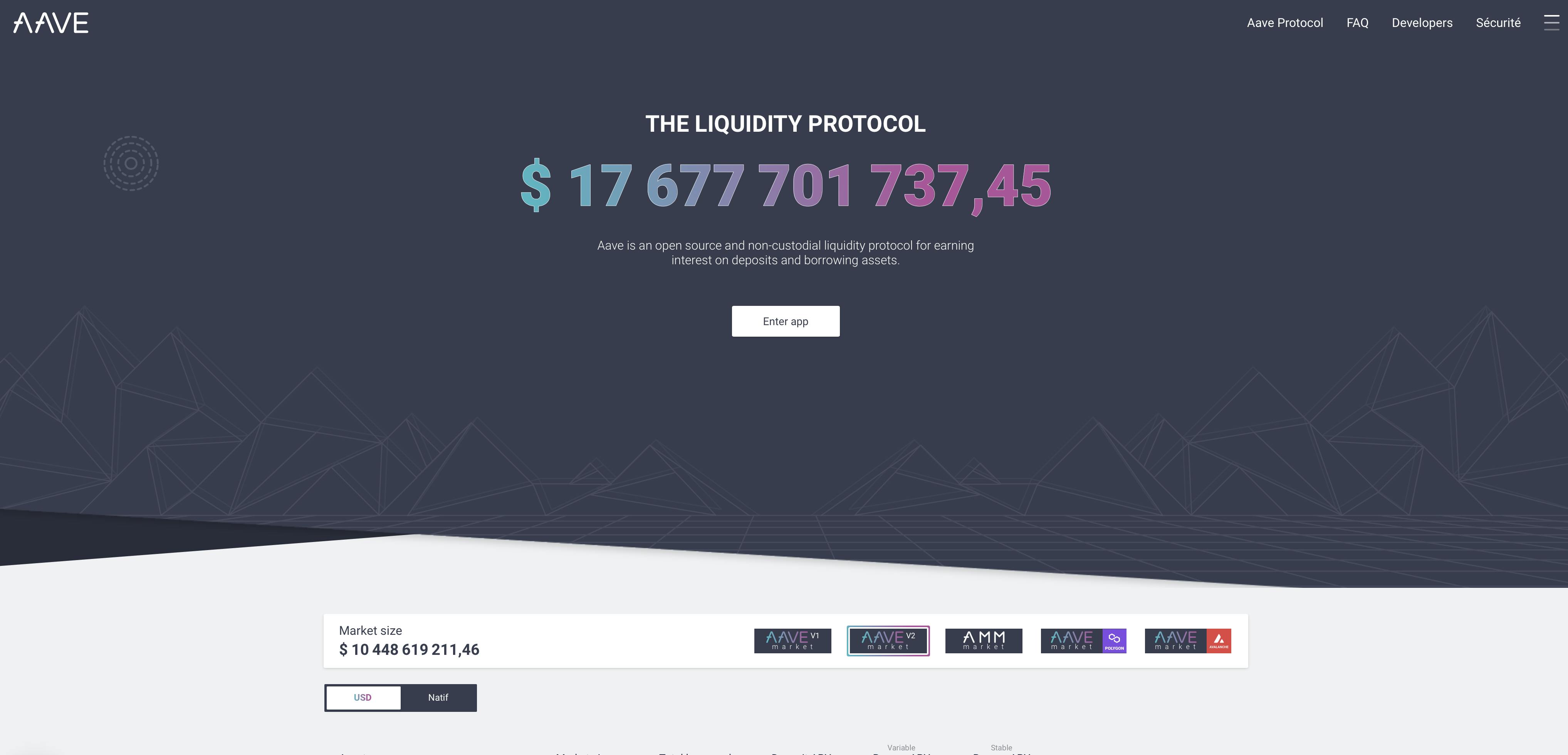
Can you make money with dApps?

Making money is one of the main reasons dApps exist in crypto.
They come with integrated payments that allow the user to be independent of third-party payment processors.
This is essential for dApps in crypto, since there is a massive monopoly between the two main online payment processors: Amazon and Stripe.
This almost monopoly on online payment processing of two giant tech companies can always put a business at risk.
No matter what Stripe or Amazon decide to put in their Terms of Service, business owners who wish to process payments online will have to comply.
One week for payouts? Increasing the fees for processing transactions? Restricting a certain type of business from making money?
You, like the rest of the world, will have to deal with it. If you live in a country where they have decided not to operate, you won’t be able to access worldwide capital for your business. Using a dApp is a way to build around this monopoly.
Here are some ways in which you can make money with dApps:
1. Selling your work directly
Anyone, from anywhere in the world, can make a smart contract and start processing payments. If you prefer not to bother with Solidity, for example, you can use a platform that allows you to collect payments, get sponsored, find investors, and more.
Emily Segal, an artist, writer, and creative director, managed to successfully crowdfund her new novel via Mirror, the aforementioned writing dApp.
Many artists who didn’t know about or use crypto before 2021 have been selling their art as NFTs, directly to fans and collectors, using Opensea, Foundation, Rarible, and other NFT platforms. On these platforms, big digital artists who integrate AI and gamification into their work, like Pak, cohabit with more traditional artists, like the watercolor artist, Lisa Fogarty.
Sellers and artists can use the platform's smart contracts, but it’s usually recommended to make your own smart contract. Having your own smart contract allows you to remain even more independent of the platforms where you deploy your art, and you can host it on your website or another platform that suits you better. No need to download and import anything.
You can go wherever you want with your digital work and not depend on third parties. For this reason, Manifold, a dApp that allows users to create, customize, and deploy their Ethereum smart contracts, has become more and more popular.
2. Passive income
In addition to the new creator economy that is emerging with dApps, there are other ways to make money using the financial services they provide.
Here are some ways to make passive income with dApps:
Staking (and liquid stacking). Proof-of-stake (PoS) blockchains use stacking to secure the networks. Stackers become validators who manage data, approve transactions, and add new blocks to the blockchain. In exchange, they receive rewards from the transaction fees. It’s a way of reaching consensus while reducing the energy consumption that proof-of-work requires.
By delegating some tokens to a validator, you can earn a fraction of the rewards as well. This can be done with almost any cryptocurrency at the moment. Some services, like Lido, offer liquid stacking services for Ethereum, Terra, Solana, and Kusama.
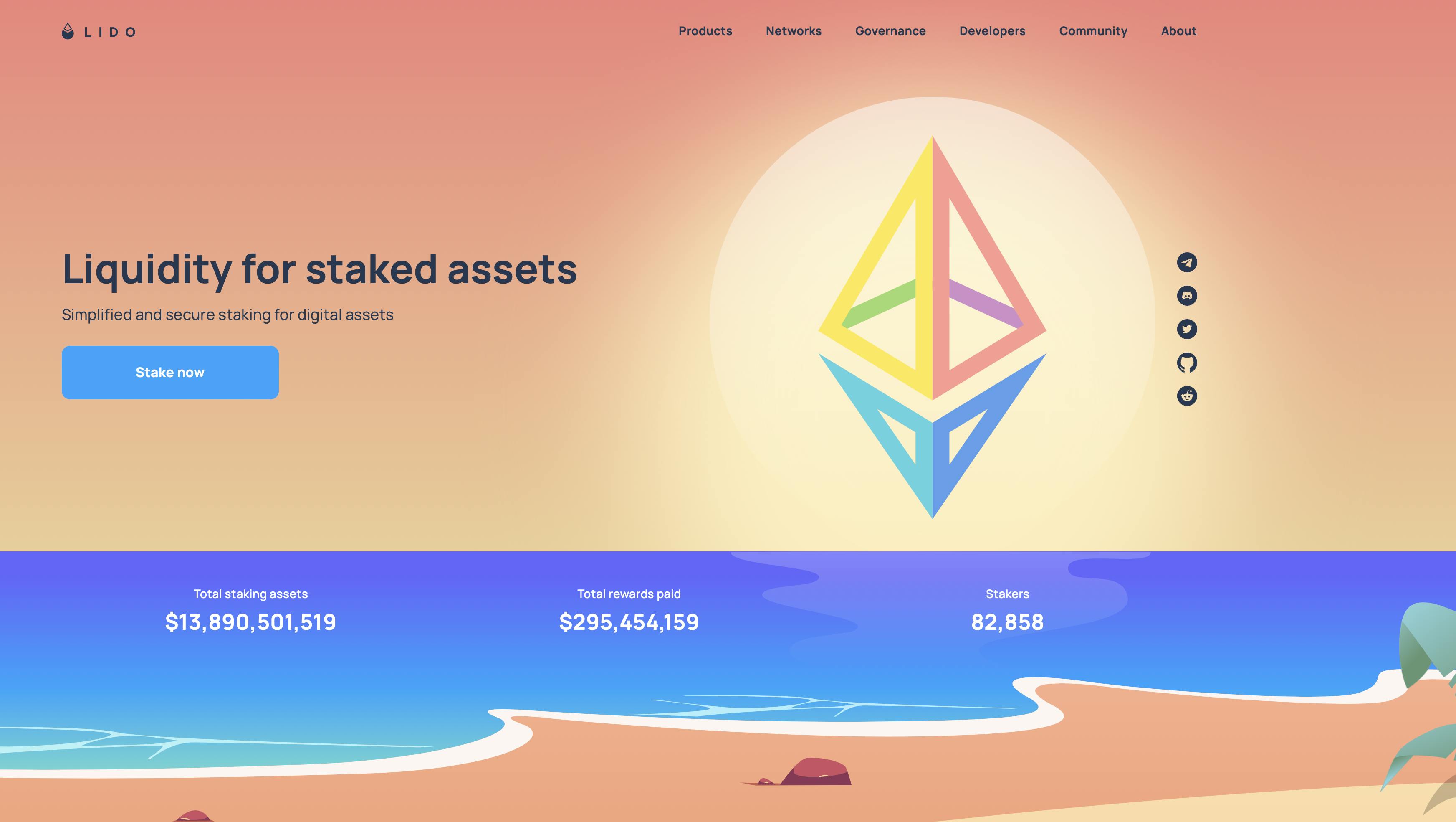
Liquidity providing. Another way to earn passive income with crypto is to provide a token to a smart contract, to make sure traders can actually trade. This is called liquidity providing, and projects give rewards to those liquidity providers. Coumpound and Uniswap have generalized this reward system, now adopted across blockchains.
Lending: make money by lending. Lending the crypto you don’t intend to use is another way of making money. Lenders earn interest from depositing their tokens that will be borrowed from people who wish to take out loans. All of this is managed by code, and neither lenders nor borrowers need to trust a financial institution or each other.
Airdrops. The most unusual way to make money in cryptocurrency, popularized by Ethereum Name Service (ENS) in 2021.

Crypto users whenever we hear "airdrop" from a project.
An airdrop is an amount of tokens delivered to the users of some protocols or dApps. It's "free money", as a reward for being the first adopters. Some protocols or dApps may announce that their users are eligible for an airdrop, which are:
An effective method of drawing attention to the product itself.
A strategy for increasing their user base.
A method of compensating early adopters for using their service.
Some tokens have seen their prices increase so much (either by the airdrop hype or by the value people see in them) that early adopters have reported making more money with a single airdrop than with their regular jobs.
%[twitter.com/ooskage/status/1457905447906783..
Airdrops are nice; they create excitement and help people feel valued by a project. However, farming airdrops as a user is a very uncertain way of attempting to make money, and there is no security in the token price.
- Selling or renting your gaming assets. Imagine that you like a game, such as WoW, and spend hundreds of hours playing, leveling up your characters and accumulating rare and valuable items.
With gaming dApps, you could get revenue from playing, rent your characters, and even sell everything whenever you get bored and want to move on, on a secure and integrated system that is conceived for that purpose.
This is what is trending now in crypto, and what the DeFiKingdoms team is trying to achieve, for example.

Who knows if, after the explosion of NFTs in 2021, crypto gaming may be the next big thing?
What do you think? Let me know in the comments bellow.
State of dApps - FAQs
Is dApp a cryptocurrency?
A dApp isn’t a cryptocurrency, but a cryptocurrency can be a dApp itself. Bitcoin is the first example of a dApp: Open-source, public data, and operating without the control of any centralized entity.
Are dApps legal?
The legality of dApps remains unquestioned so far by many jurisdictions around the world, despite the new regulations that governments have started to implement on digital currencies. Even citizens living in one of the 4% of countries that prohibit the use of cryptocurrency have the opportunity to access dApps without restriction.
Is Binance a dApp?
Binance is a private company that provides crypto-related services and isn’t a dApp. It’s considered a CEX (Centralized Exchange), and you'll need to give them your personal data to access their services. Although Binance launched a token, Binance Coin (BNB), and a blockchain (Binance Smart Chain), it’s still considered one of the most centralized blockchains due to its dependence on the company.
Is Coinbase a DApp?
Coinbase is a centralized cryptocurrency exchange and not a dApp. However, they launched a Coinbase wallet that allows users to connect to dApps and to trade crypto that they don’t list as a company.
Conclusion
This is a chance for builders, creators, and users to reclaim some control over their content.
So, what are dApps really?
Web3 dApps are a new frontier with far more friction than the existing web2 dApps, where transactions get stuck, funds are hacked, apes gone, and wallets refuse to sync.
But the dApps ecosystem is constantly evolving and it and dApps are only getting better.
They are also a creative, educational, and financial opportunity for anyone who is inquisitive and daring.
You can continue learning from our blog by checking out How to Get Started with Web3 if you want to keep delving and discover the principles of web3..


